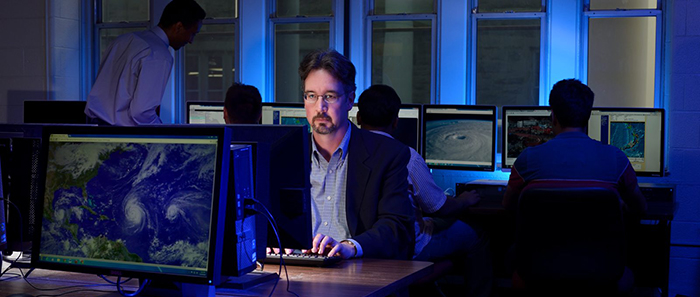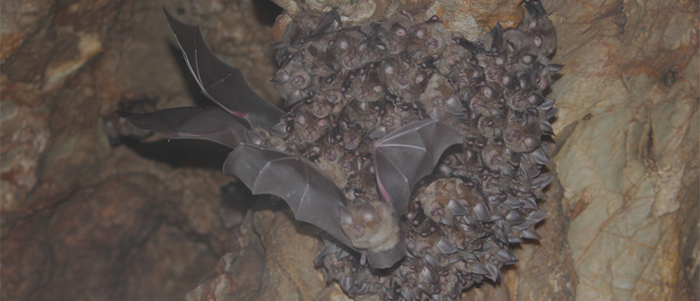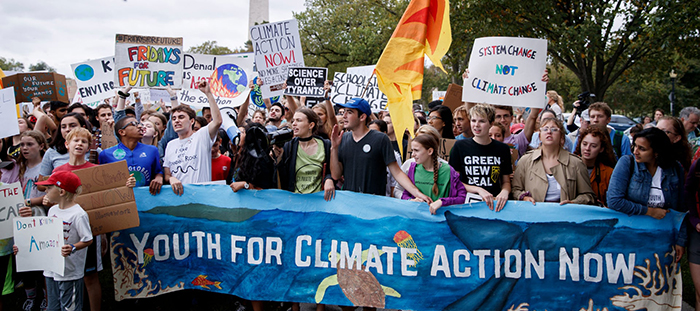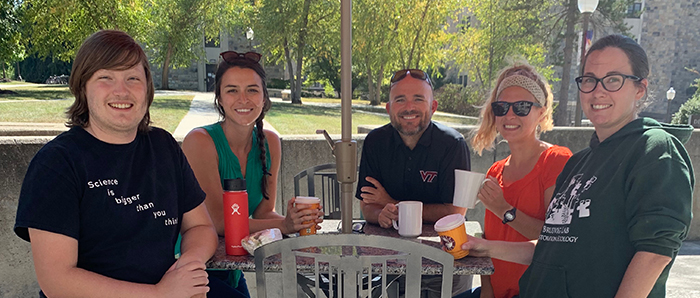[vc_row][vc_column][vc_column_text]
From VT News | October 31, 2019
On Oct. 4, the first-ever Water & Health in Rural China & Appalachia Conference kicked off at Virginia Tech on the Blacksburg campus. This event also marked the formal inclusion of Virginia Tech in a collaborative research program with researchers from UC Berkeley and China.
Inadequate access to safe drinking water remains a substantial problem for low-income rural communities around the world. From central Appalachia to rural China, the causes and consequences of water contamination and unreliable access to safe water overlap considerably.
Virginia Tech faculty and students came together with officials from the Chinese Center for Disease Control and Prevention and researchers from UC Berkeley. Together, they shared their past, present, and upcoming research on water and health-related challenges and opportunities in communities living in low-income areas in rural Appalachia and China. The conference was also bookended by meetings and working sessions, which also served as planning platforms for new collaborative projects.
Alasdair Cohen, an assistant professor of environmental epidemiology in the Department of Population Health Sciences and Virginia Tech Public Health Program, in the Virginia-Maryland College of Veterinary Medicine, organized the event. Previously, Cohen worked at UC Berkeley as a project scientist and research director for The Berkeley/China-CDC Program for Water & Health, which he helped create in 2016.
Opening remarks were given by Laura Hungerford, professor and department head of the Department of Population Health Sciences, and Tao Yong, the chief scientist at the National Center for Rural Water Supply Technical Guidance of the Chinese Center for Disease Control and Prevention and also the committee chairman of the Chinese Preventative Medicine Association’sRural Drinking Water and Environment Professional Committee.
For the rest of the day, talks covered a variety of topics, ranging from environmental health, economic change, reflections on failed and innovative drinking water technologies, and future collaborations. 00:0001:34
Isha Ray, co-director of the Berkeley Water Center and associate professor of water and development at UC Berkeley, discussed findings from her research on the challenges of access and accountability in the rural drinking systems of Mexico, Tanzania, India, and the United States.
Ray pointed out that low-income, overworked individuals do not always have the energy, time, and costs required to keep up with the many methods of water purification: “It’s not that they aren’t willing to do anything. It’s that they lack the financial resources.”
She added that governments need to take more responsibility, otherwise their drinking water problems will never be solved and their constituents will continue to suffer. “If affordability becomes wrapped up with accountability at the very lowest stages of use, the chances that we will fail, and continue to fail, are high,” she said.
According to the World Health Organization, 785 million people lack access to even basic drinking-water services, 144 million of whom are dependent on surface water. The lack of access to sufficient quantities of reliably safe drinking water is expected to increase as water scarcity, climate change, and population growth, put more stress onto water supply systems.
“Water is the one resource for which there is no substitute,” said Stephen Schoenholtz, a professor of hydrology in the Department of Forest Resources and Environmental Conservationin the College of Natural Resources and Environment and director of the Virginia Water Resources Research Center.
He explained how tackling these issues requires an all-hands-on-deck effort. “You can’t look at water quality and supply in terms of one set of values. You have to take many things into account to solve these complex systems,” he said.
Shu Tao, professor of environmental science in the College of Urban and Environmental Sciences at Peking University – Beijing, spoke about the cultural tradition, economics, and health implications of boiling water in rural China.
“Income appears to be the most important driver for when people transition from boiling with solid fuels to cleaner fuels like electricity,” said Tao.
At the end of the event, faculty from Virginia Tech and Berkeley signed a memorandum of understanding to mark the restructuring and expansion of their water and health research program to now include Virginia Tech.
“We’ve been discussing the expansion of our program to Virginia Tech for some time now, so it’s especially rewarding to be together here today to reaffirm and formalize our collective commitment to this program and its goals of expanding safe water access and improving environmental health in China, the USA, and elsewhere around the world,” said Cohen, who is also a faculty member of the Global Change Center, housed in Virginia Tech’s Fralin Life Sciences Institute.
The newly expanded program is now called “The Berkeley / China / Virginia Tech Program for Water & Health.” More information can be found at the recently launched program website: http://ruralwaterhealth.org/.
Sponsors for this event included the Department of Population Health Sciences and the Virginia-Maryland College of Veterinary Medicine, the Global Change Center, the Fralin Life Sciences Institute, the Virginia Water Resources Research Center, and The Inn at Virginia Tech.
[/vc_column_text][/vc_column][/vc_row][vc_row][vc_column][vc_gallery interval=”3″ images=”45993,45992,45988,45987,45986,45985,45984,45983,45982,45981″ img_size=”1200×800″][/vc_column][/vc_row][vc_row][vc_column][vc_column_text]
CONTACT:
Kristin Rose (540) 231-6614
[/vc_column_text][/vc_column][/vc_row]






